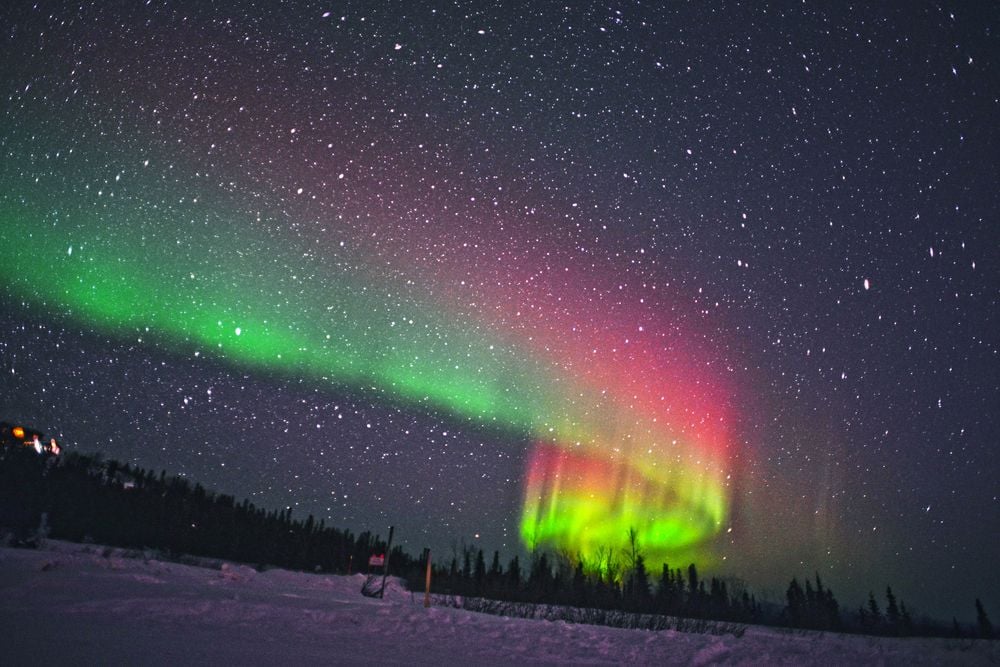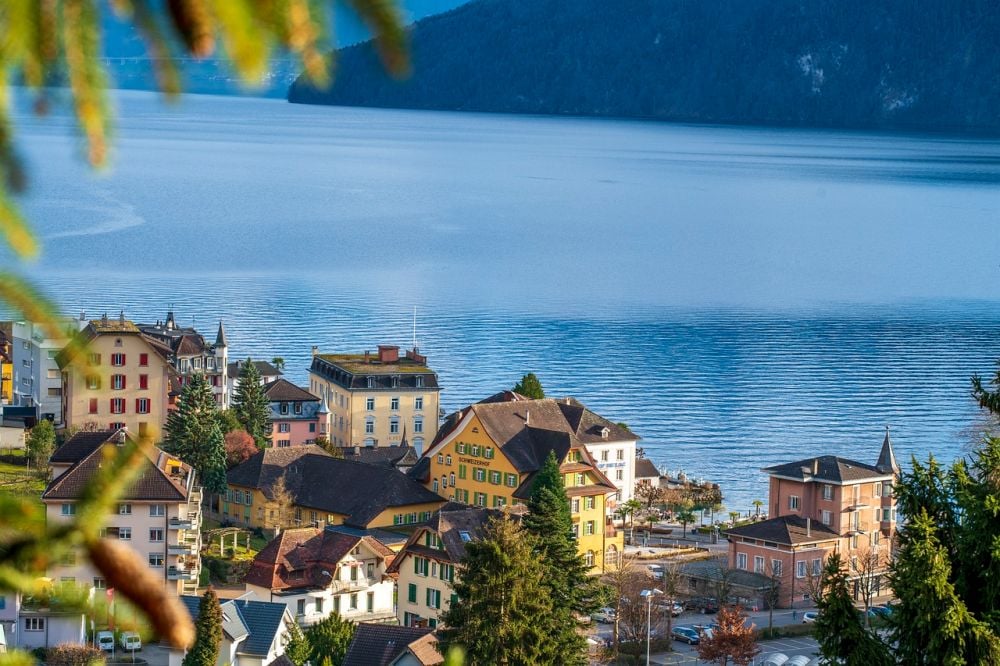Scientist Finally ‘Solve’ Bermuda Triangle Mystery That Has Left Theorists Baffled For Years
The infamous Bermuda Triangle is a region that has sparked equal measures of fascination and trepidation across the globe. Located in the North Atlantic Ocean, its points form a triangle between Florida, Bermuda, and Puerto Rico. Known for its notoriety, this expanse of ocean has become the centerpiece of urban legends, pop culture, and myths. Tales over the years would have you believe that the Bermuda Triangle defies the laws of nature, serving as a hotspot for unexplained phenomena and disappearances.

Is the Bermuda Triangle Truly Dangerous?
The Bermuda Triangle’s eerie reputation has earned it a prime spot in the collective imagination, conjuring childhood fears of danger akin to quicksand or monster-filled jungles. Thanks to its immortalization in movies, books, and media, many associate the Triangle with time warps, alien bases, and supernatural wormholes.
But pulling back the curtain of myth, the area does harbor some puzzling history. Over the last century, it’s widely reported that roughly 50 ships and 20 airplanes have vanished under mysterious circumstances, though exact counts vary by source. Among the most notable incidents are:
- The USS Cyclops (1918) – A 542-foot Navy cargo ship, carrying over 300 men and manganese ore, vanished without a trace.
- Flight 19 (1945) – A group of five U.S. Navy Avenger bomber planes disappeared during a training mission. This event is one of the Triangle’s most famous cases.
- Douglas DST Airliner (1948) – A passenger plane bound for Miami disappeared mid-flight, with no wreckage or distress signals found.
While most disappearances can be attributed to plausible explanations, the intrigue surrounding these events has fueled decades of speculation, turning the Bermuda Triangle into a subject of obsession.
Has Science Demystified the Bermuda Triangle?
Given its uncanny ability to ignite both fear and curiosity, it’s no surprise that researchers and scientists have devoted time to untangling the mystery of the Bermuda Triangle. Though folklore may lean toward conspiracies, scientific investigations point to natural causes.
Enter the Rogue Waves
One of the most convincing theories stems from rogue waves. These violent and unpredictable waves are capable of doubling the height of surrounding swells, posing a significant danger to vessels. University of Southampton oceanographer Simon Boxall, who discussed this phenomenon in The Bermuda Triangle Enigma documentary, explained how weather systems intersect in the region to create these massive waves:
“There are storms to the south and north, which come together. And if there are additional ones from Florida, it can be a potentially deadly formation of rogue waves,” Boxall stated.
Rogue waves have been observed reaching heights of as much as 100 feet, enough to overpower even the strongest ships.
Blame the Gulf Stream
Another scientific explanation brings the Gulf Stream into focus—a powerful ocean current stretching from the Gulf of Mexico into the Atlantic. This current is capable of swiftly carrying debris and any wreckage, leaving few traces behind. Rapid and erratic shifts in weather within the Triangle compound the dangers, making navigation a challenge.
Magnetic Anomalies
Mineral prospector Nick Hutchings introduced another intriguing idea in Secrets of the Bermuda Triangle. He highlights Bermuda’s geographical history as an underwater volcano, with magnetite in its core samples:
“Bermuda’s basically a sea mountain – it’s an underwater volcano… We have a few core samples, which have magnetite in them. It’s the most magnetic naturally occurring material on Earth.”
Magnetic disruptions could potentially interfere with a ship’s navigation systems, leading to compass malfunctions and disorientation—especially in earlier centuries before GPS technology.
Human Error and Bad Weather
Australian scientist Karl Kruszelnicki offers yet another perspective, chalking up incidents in the Triangle to no more than a combination of human error and tumultuous weather. Kruszelnicki stresses that the disappearances align with maritime traffic density in the region, meaning areas with heavy traffic, like the Bermuda Triangle, naturally see more accidents.
“You’re looking at an area that sees extremely high amounts of traffic, so the probabilities of accidents here are statistically higher,” Kruszelnicki emphasized.
Separating Fact from Fiction
Despite the sea of theories, data points to some logical conclusions. A study from the World Wildlife Fund (WWF) declared the Bermuda Triangle no more statistically dangerous than any other heavily traveled ocean area. Furthermore, insurance companies like Lloyd’s of London do not calculate the region as a higher-risk zone for shipping, further dispelling myths.
Some reports have even questioned the accuracy of the Bermuda Triangle’s infamous disappearance tally. Author Larry Kusche, in his book The Bermuda Triangle Mystery—Solved, argued that many incidents either never occurred or were exaggerated for dramatic effect.
Should You Explore the Bermuda Triangle?
If the legends haven’t dissuaded you, navigating the Bermuda Triangle might just be the adventure of a lifetime. Whether you’re a thrill-seeker intrigued by its myths or someone eager to explore its stunning blue waters, fair warning is key. With modern navigational tools and weather forecasting, the risks today are significantly mitigated.
And who knows? Maybe you’ll be the one to solve the final pieces of this decades-old puzzle—or prove, once and for all, that this infamous stretch of ocean is nothing more than water and waves.






